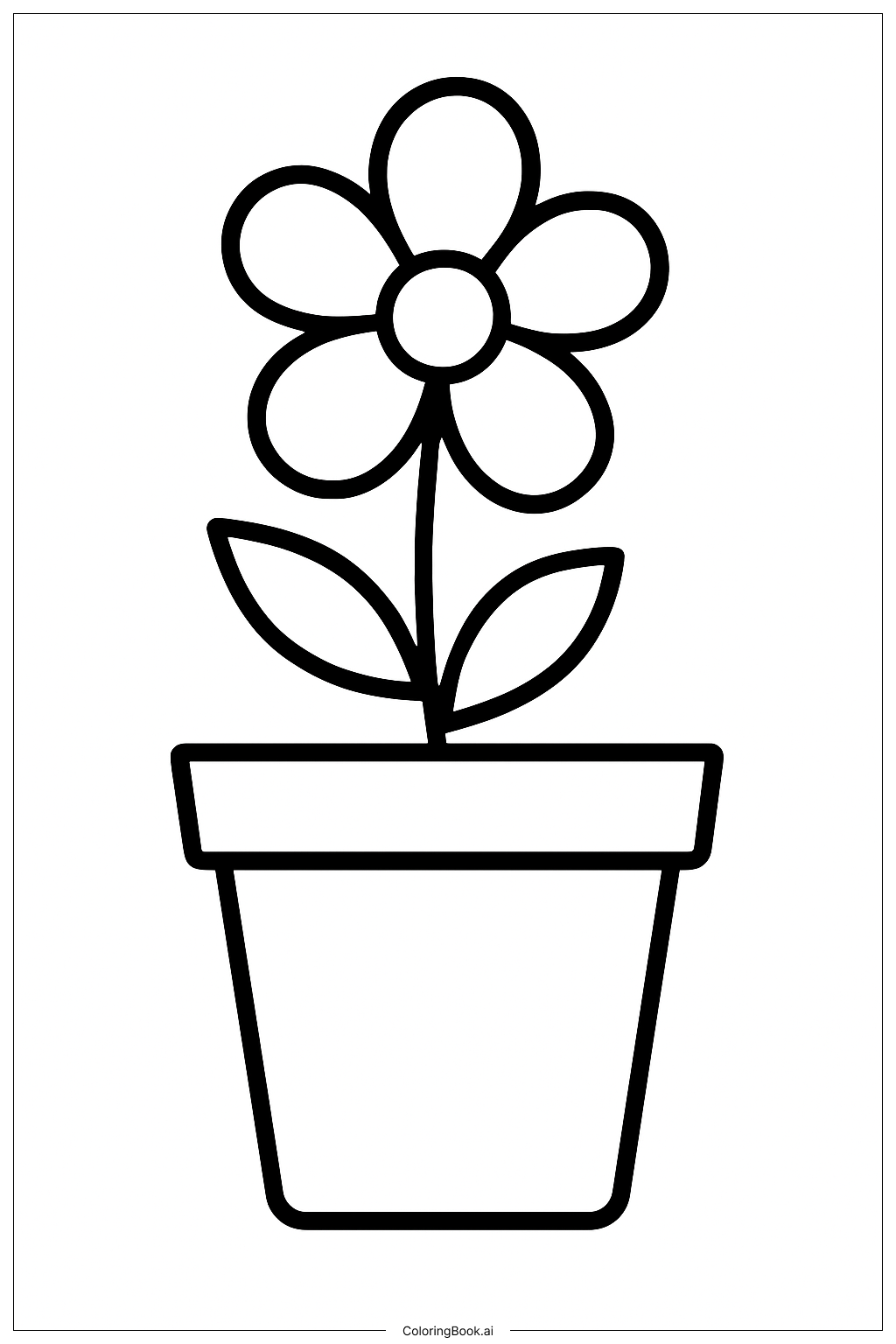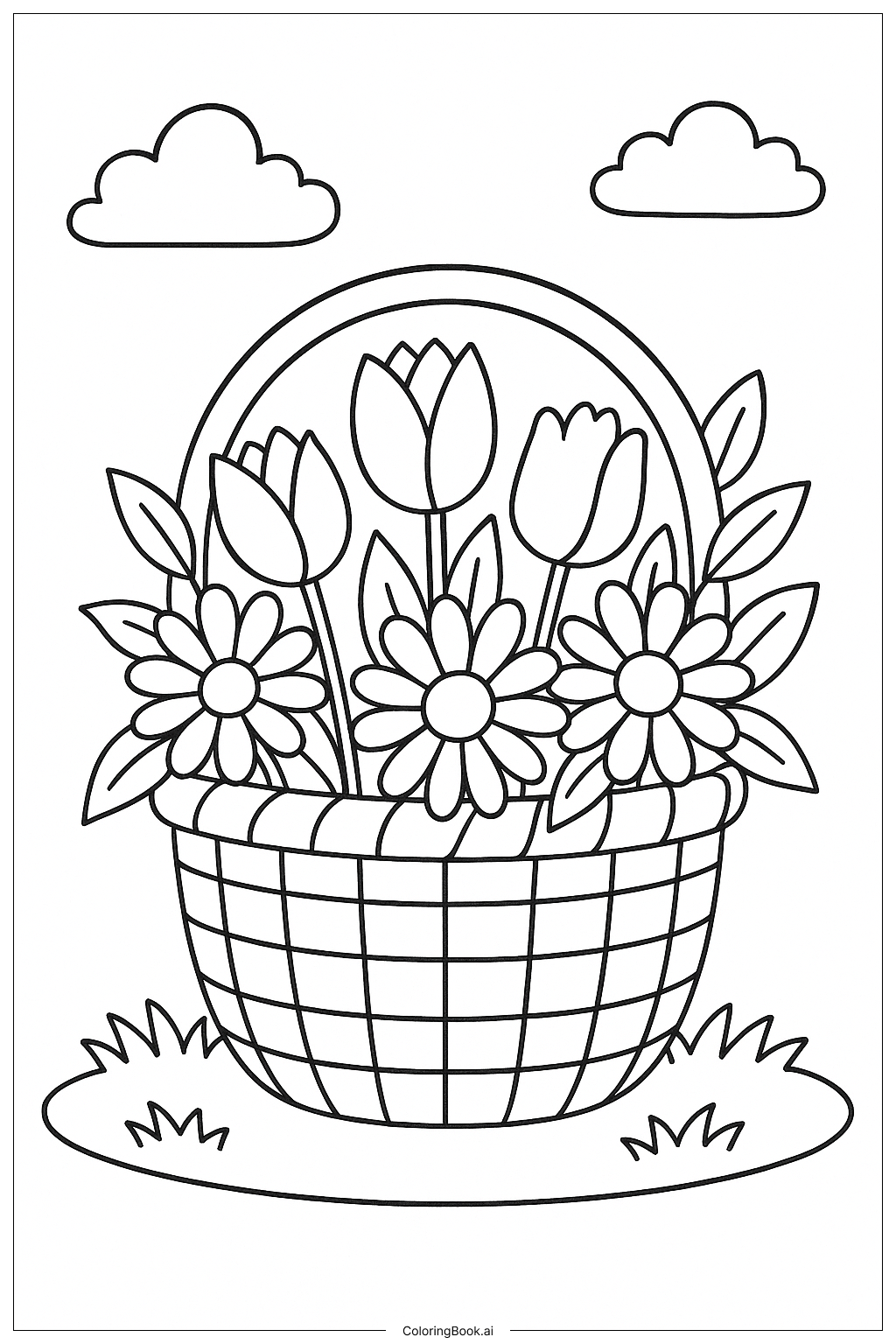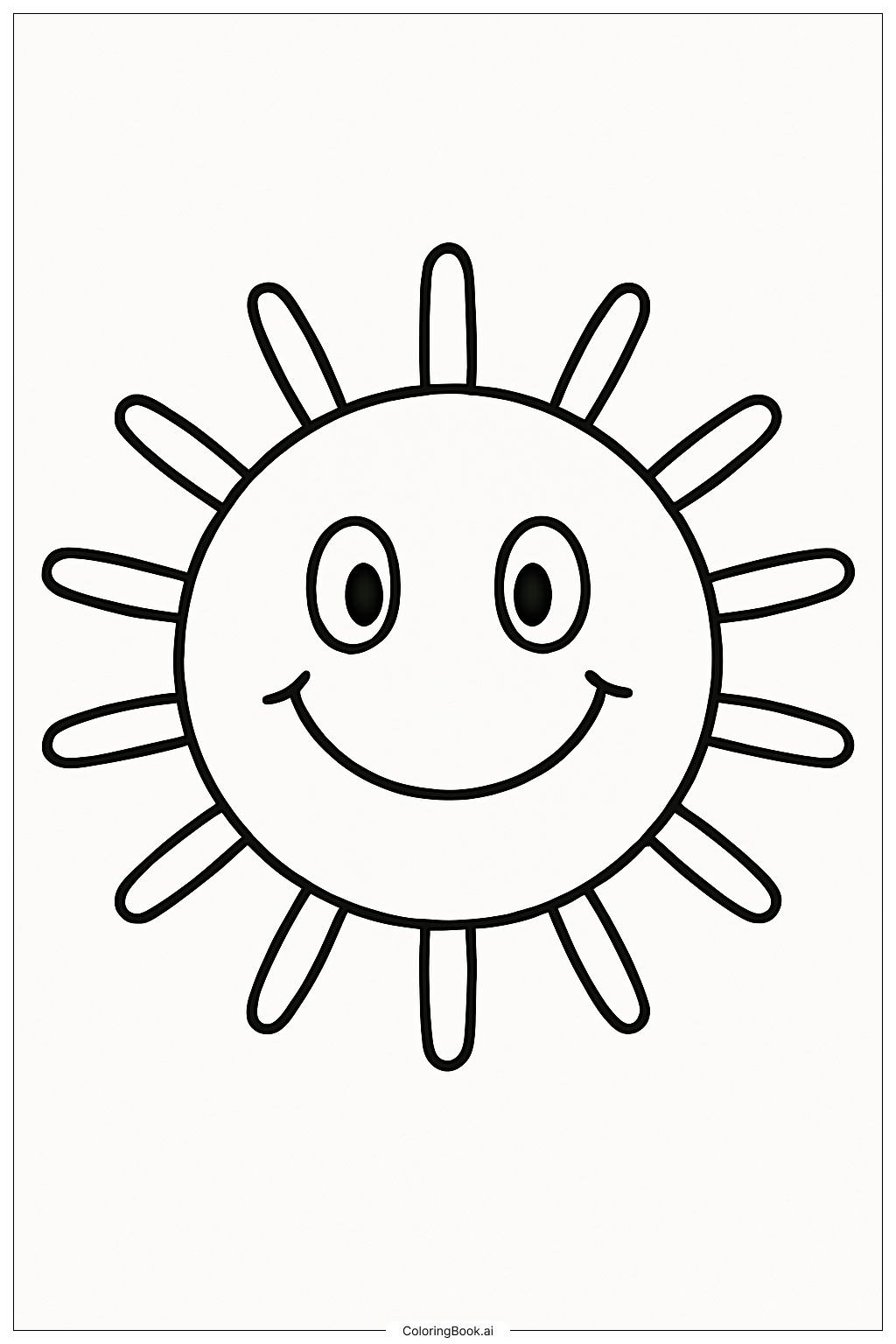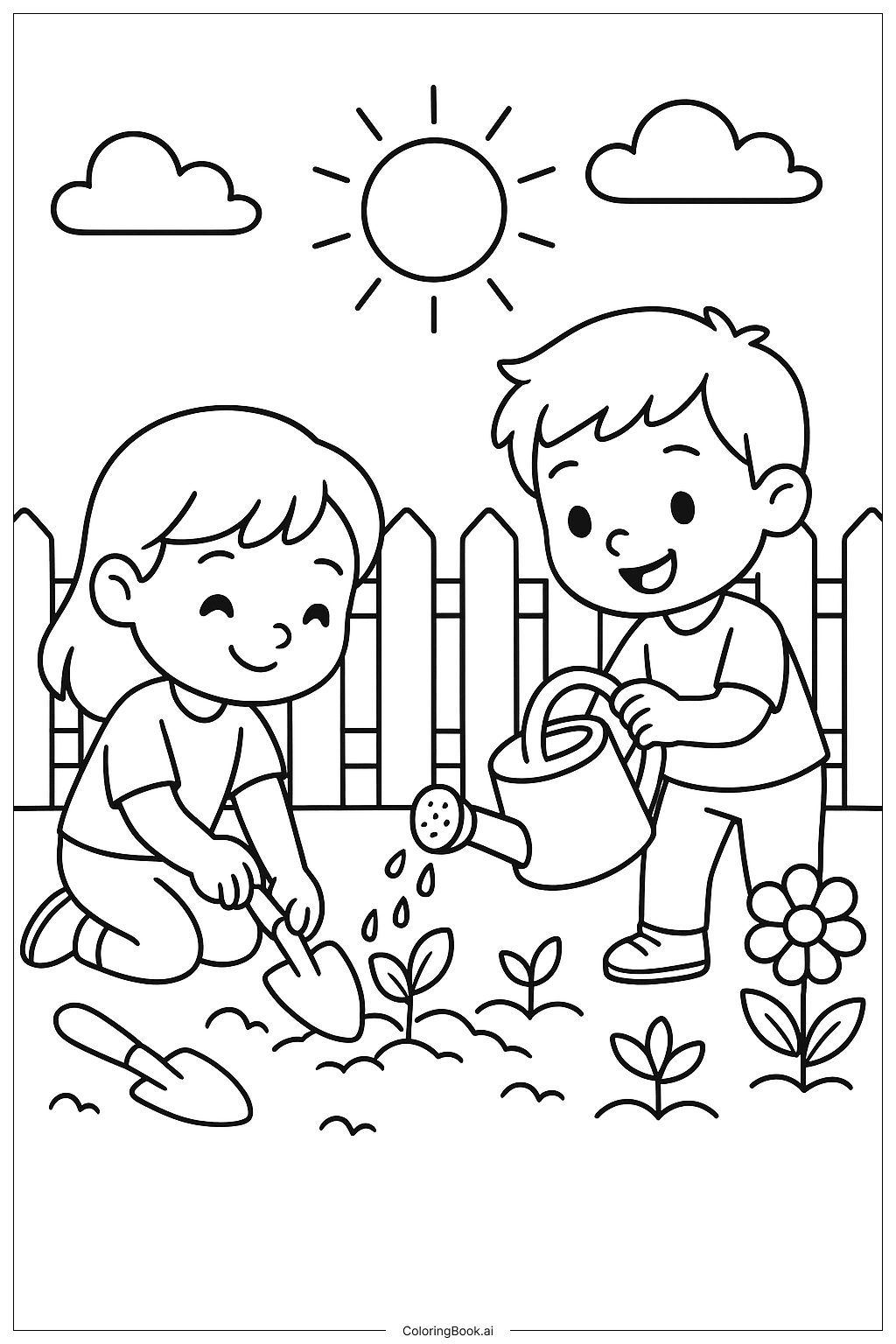Coloring tips: How to color A Simple Spring Flower Pot coloring page well?
Use bright colors for the petals such as red, pink, yellow, or purple to make the flower stand out. Color the center of the flower with a contrasting color like orange or yellow. For the leaves and stem, use different shades of green to add depth. The pot can be colored with earthy tones like brown, terracotta, or even bright colors like blue or red. Try blending colors gently to create shading effects, which make the picture look lively. Avoid using dark colors too much to keep the image cheerful and fresh.
Coloring challenges: Which parts are difficult to color and need attention for A Simple Spring Flower Pot coloring page?
1. Staying inside the lines of the petals can be tricky because of the curved shapes. 2. Coloring evenly on the large surface of the pot needs focus to avoid streaks or uneven patches. 3. Choosing contrasting colors for the flower center and petals so they don’t blend together is important but a bit challenging. 4. Adding shading to the leaves and stem to make them look round and natural can be difficult for beginners. 5. Balancing bright and earthy tones between the flower and pot to keep the picture lively but not too busy might require some planning.
Benefits of coloring books: Advantages of drawing A Simple Spring Flower Pot coloring page
Coloring this flower pot image helps improve hand-eye coordination and fine motor skills as children carefully fill in the shapes. It encourages creativity by allowing kids to choose their colors and experiment with combinations. The image also promotes focus and patience, as completing the picture requires attention. Additionally, coloring flowers can have a calming effect, reducing stress and increasing relaxation. This simple spring-themed page is perfect for young children to develop artistic confidence and enjoy the fun of creating colorful artwork.




